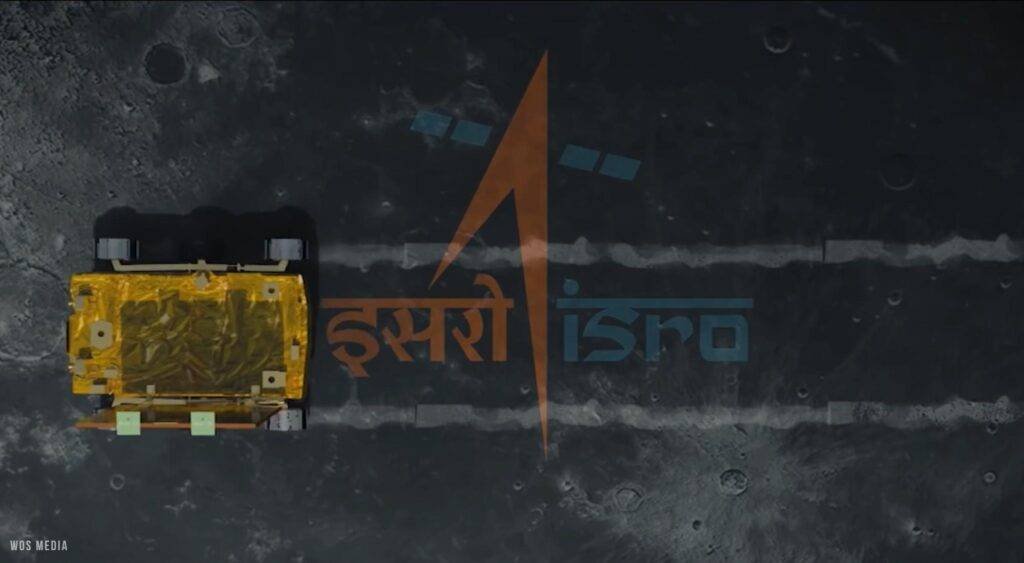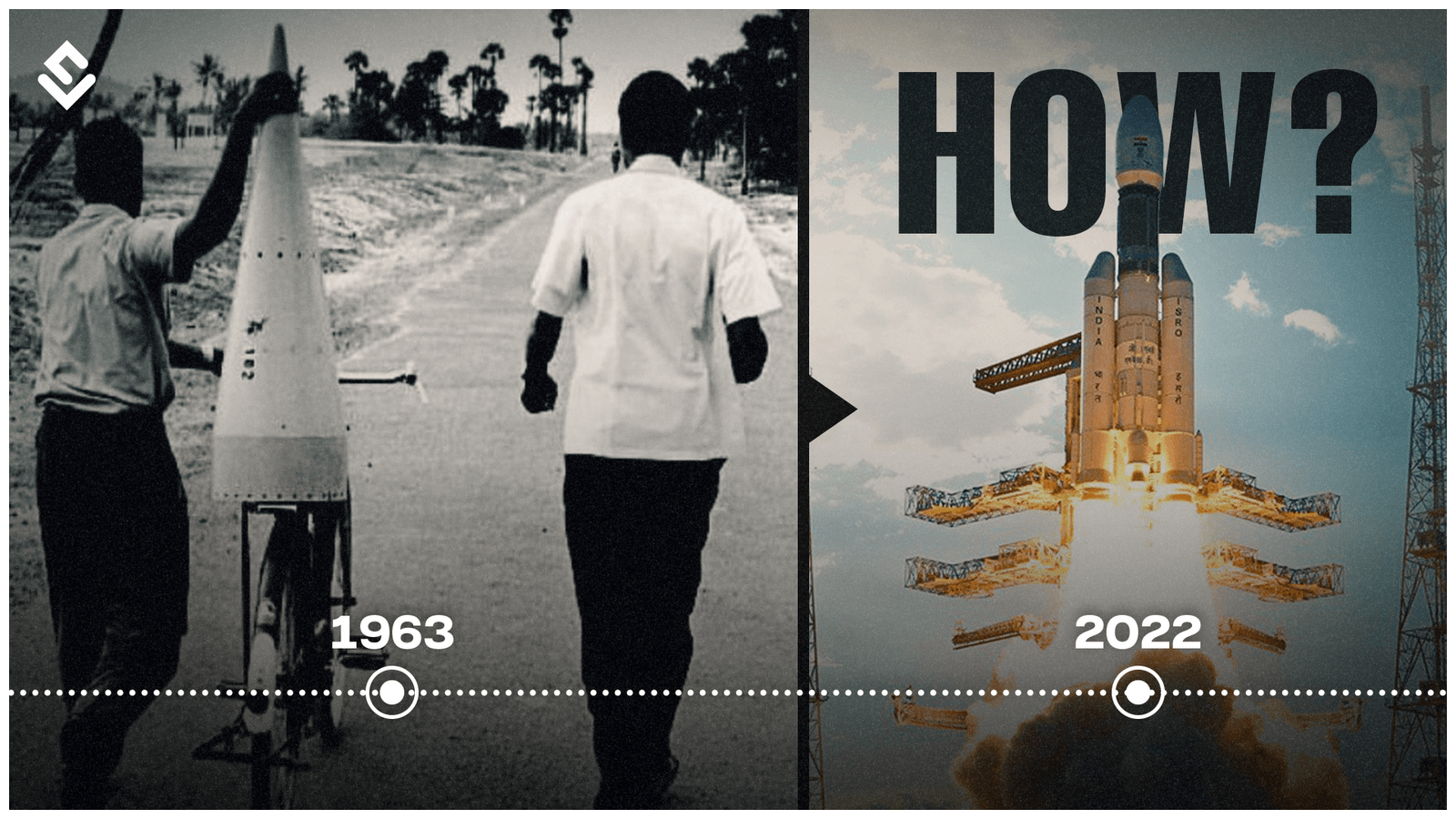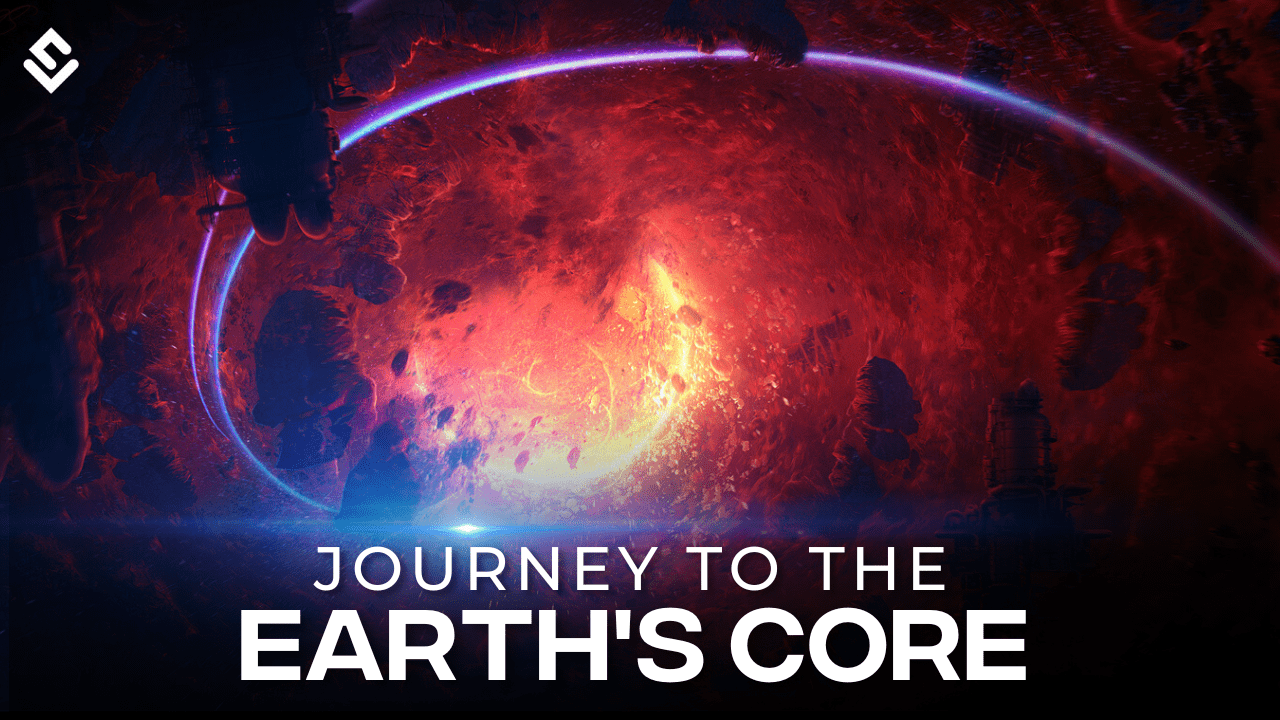Is ISRO The Best Space Agency? An Incredible Journey
- Team WOS
- 10 Mins Read
WOS is supported by its audience. When you purchase through links on our site, we may earn an affiliate commission “from advertisers”, while you don’t need to pay in addition.
ISRO’s journey is the story of India’s jump to orbit! Watch this video to witness an incredible journey.
The Age Of Discovery
The space race was a pivotal moment in human history. It was a new “age of discovery” that did not seek to acquire markets and resources but to understand our position in this vast Universe, and our role as an intelligent species. We started from riverside civilizations, aiming to conquer the world and now even Earth was small for our adventures, so we flew up to the moon. We reached the farthest boundaries of the solar system, and saw our Earth from there. It looked so small, that we realized we are just a particle of dust in this vast desert of nothingness.
We, as a nation, in particular, were far behind in this adventure. When other countries were at half the mark, we were just starting but not for very long. We were blessed with geniuses that took the responsibility and started working out to show our potential in this marathon. Not only have we achieved success but we became the most efficient of them all and now only infinity is the limit for us. This success, which made our nation proud is of none other than, our very esteemed space organization, ISRO. This is the story of India’s jump to orbit!
Total Moment Of Truth
In 1962, APJ Abdul Kalam was selected for the job of rocket engineer at the Indian Committee for Space Research (INCOSPAR). It was a big moment for him, after many failures he went on to work for this organization that was established from the talent pool at Tata Institute of Fundamental Research (TIFR), Bombay to organize space research in India.

In 1969, INCOSPAR was renamed as ISRO (Indian Space Research Organisation).
He was interviewed by Dr. Vikram Sarabhai himself. Dr. Kalam remembers this interview as a “total moment of truth”, like a smaller dream of him was being enveloped by a larger dream of Sarabhai. It was like a sorcerer was searching for his apprentice. This was the moment that started a process that would soon change India’s future.
This INCOSPAR, later transformed into what is today known as the India Space Research Organisation or ISRO. Dr. Sarabhai launched the Indian Space program and Dr. Kalam was appointed as the project director of India’s first launch vehicle that would launch satellites into orbit.
Vikram Sarabhai's Vision
Dr. Sarabhai was born in a wealthy industrialist family in Gujarat on 12 August 1919. Excellent in academics, he went to work under Nobel Laureate C.V. Raman at the Indian Institute of Science (IISc), Bangalore, before he got his Ph.D. in physics from Cambridge University in 1947. It was his grand vision that led to the establishment of ISRO. He envisioned that the resources in space have the potential to address the real problems of society.

Dr. Vikram A Sarabhai is considered the founding father of space programs in India
When the USSR launched Sputnik on 4 October 1957, Sarabhai lobbied the government and convinced the authorities for a space program to be set up in India. He secured the cooperation of NASA in the Satellite Instructional Television Experiment (SITE) program to bring instructional television programs to some 5,000 Indian villages. Sadly, he could not witness the launch of the first Indian satellite, Aryabhatt in 1975 from the Russian cosmodrome due to his mysterious demise.
In 1962, Dr. Sarabhai started the search for a suitable place in the equatorial region to establish the space research station. Thumba in Kerala seemed an ideal place as it was nearest to Equatorial Electrojet. Dr. Sarabhai along with Dr. Kalam started a rocket assembly program. This station later came to be known as Thumba Equatorial Rocket Launching Station (TERLS). This station is currently used by ISRO for launching research rockets. Just a year later, another space research center was established in Thiruvananthapuram, Kerala. It was named after Sarabhai himself, Vikram Sarabhai Space Center (VSSC). Development of technologies like Rohini Rockets, Satellite Launch Vehicle (SLV), Augmented Satellite Launch Vehicle (ASLV), Polar Satellite Launch Vehicle (PSLV), and Geosynchronous Satellite Launch Vehicle (GSLV) was done at VSSC.
India's Arrival: Best Space Agency?
The first Moon mission of India, Chandrayaan-1 was made possible due to the contribution of VSSC. Currently, VSSC is working on reusable launch vehicles and GSLVs. The Geosynchronous Satellite Launch Vehicle (GSLV) was developed keeping in mind the heavier and more demanding Geosynchronous communication satellites.

ISRO’s vision is stated as “Harness space technology for national development while pursuing space science research and planetary exploration.”
In 1980, ISRO launched satellite RS-1 onboard its own launch vehicle SLV-3. This made India, the sixth country in the world to be capable of launching its satellites in orbit, and this was just the beginning for ISRO.
The Man who built the foundation was no more but the Indian space program was left in the hands of two geniuses, Dr. APJ Abdul Kalam and Dr. Nambi Narayanan. Kalam was working on launch vehicles and Nambi was focused on the development of liquid propulsion-based rocket engines. Nambi’s expertise in liquid propulsion paved the way for the development of India’s first liquid propellent engine, VIKAS. Want to know more about the incredible life of Dr. Nambi Narayanan which is full of conspiracies and betrayals? Then check out this video on our channel.
Rise Of India
The next stage for ISRO was the development of the Augmented Satellite launch vehicle (ASLV) in the 1980s. It was a small 5-stage solid-fuel rocket that could place 150kg satellites into low earth orbit. ASLVs couldn’t achieve success but soon ISRO developed its flagship launch vehicle which is known as the Polar Satellite Launch vehicle (PSLV) which is a medium-lift launch vehicle that can launch satellites into sun-synchronous orbits.

India’s Manned Mission to Space also referred to as Gaganyaan, this project is part of the government’s ambition to make India a global low-cost provider of services in space.
To achieve complete self-reliance in terms of applications, it was essential to develop cost-efficient and reliable launch systems. The famed PSLV went on to become a popular carrier for satellites of various countries due to its reliability and cost efficiency, promoting exceptional international collaboration. Thanks to PSLVs, India started launching its satellites which were earlier launched by Russian vehicles. PSLV is even capable of launching small-size satellites in Geostationary transfer orbit. So far, it had a total of 55 launches, of which 52 had been successful. That’s a 95% success rate! This PSLV was used to launch Chandrayaan-1, Mars Orbiter Mission (Mangalyaan), and India’s First Space Observatory, Astrosat.
There was a time when we used to send our satellites with Russian and American vehicles but now with the success of PSLV, more than 342 foreign satellites from 36 countries have been launched from India so far. In 2017, something miraculous happened on this soil. PSLV-C37 successfully deployed 104 satellites in sun-synchronous orbit, almost tripling the previous record held by Russia for the highest number of satellites sent to space on a single launch.
ISRO: An Incredible Journey
Before this huge achievement, ISRO had its feather in the cap moment when it successfully deployed an unmanned lunar orbiter, Chandrayaan-1 into the moon’s orbit at a height of 100 km from the lunar surface. Better late than never! It was a proud moment for all Indians. We finally reached the moon but nothing was stopping ISRO’s ambitions. It was something extraordinary when they used their medium-lift PSLV to reach Mars. On 24th September 2014, Mars Orbiter Mission entered Mars’ orbit, making India the first nation to get success on its first attempt to Mars. ISRO became the fourth space agency to reach the Martian orbit.
From nothing to one of the top 4 space agencies in the world, that too in less than 50 years! If one thing that could define the Indian spirit is certainly the success graph of ISRO. They had their failures, and believe me, they had lots of failures but the success they achieved in much less time and money has made every Indian proud. ISRO has truly revived the thousands of years old Indian mindset of being a knowledge center and a global leader in the field of science.
So, what’s your thought about ISRO? Let us know in the comments. Do follow us on Instagram for daily quality content that’ll make you fall in love with science.
Share this article
Team WOS
We make people fall in love with science.
Share this article
A. P. J. Abdul KalamLook at the sky. We are not alone. The whole universe is friendly to us and conspires only to give the best to those who dream and work.
Latest posts
We have learned many partial truths and some remain with us even when we are studying higher courses. Let’s look up such partial truths that are very common...
How do the animals and birds view the world around them? Do they perceive everything just like a human? Let's understand the basic anatomy of the eyes of...
What will the conditions be for the human body in space? How much difference a human being would feel while being in space? Space is scary and lonely, and conditions are...
Here is a list of the best science books that'll take you deep into the ocean of science. Books fueled the mighty revolutions in human history and produced...
World's most renowned scientists think that the cosmos has quantum consciousness. First of all, what exactly is consciousness? Scientists are actively engaged experimental tests of these ideas. One approach is to study brain-impaired patients to see if their information...
Trending Articles
Big Bang nucleosynthesis created equal numbers of matter and antimatter. Antimatter is negative counterpart of matter, having the same mass but opposite...
Can we produce Antimatter? Well, Anti-matter is often produced naturally in space. During the radioactive decay of heavier isotopes, positrons are produced in large amounts. Breaking down neutrons into protons and electrons also produces...
What will the conditions be for the human body in space? How much difference a human being would feel while being in space? Space is scary and lonely, and conditions are...
Climate has changed in the past on its own but modern pollution has been its severe accelerator. Let’s look at some of the huge disasters that happened in the past few years due to climate change.
Blockchains can be understood simply as a transparent distributed ledger system. A ledger is a book or collection of accounts in which transactions...
We have learned many partial truths and some remain with us even when we are studying higher courses. Let’s look up such partial truths that are very common...


































